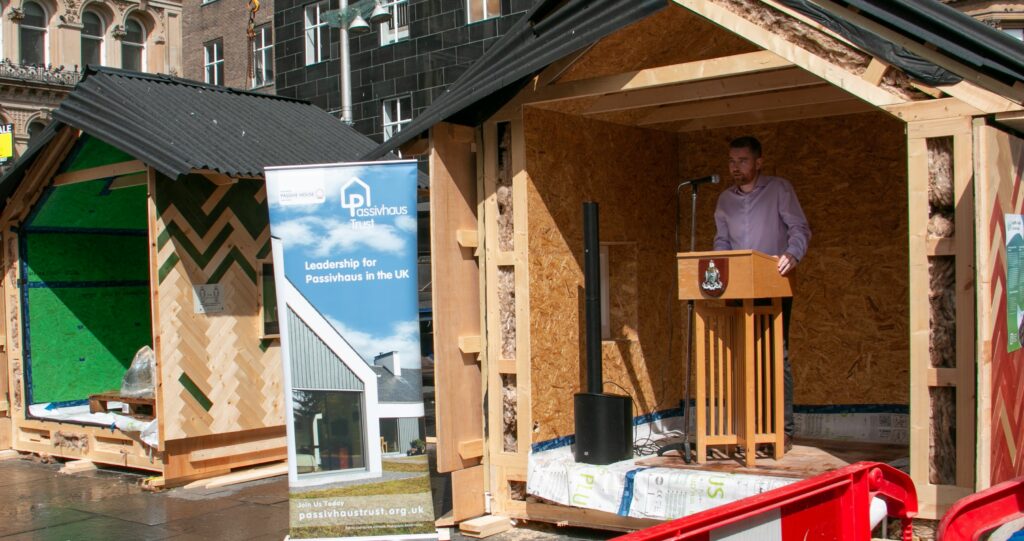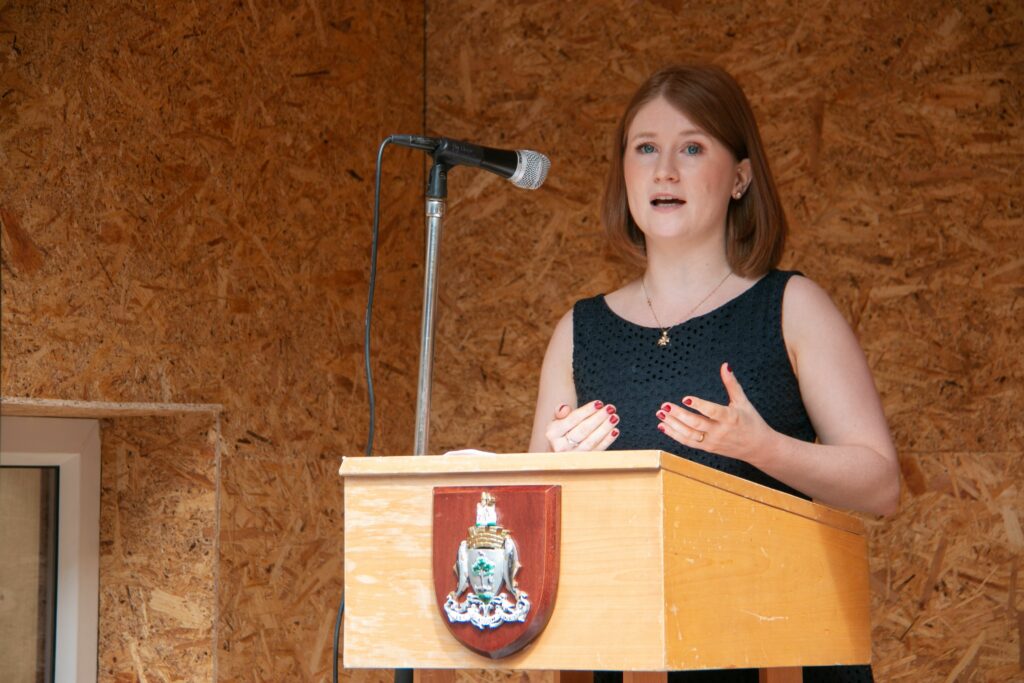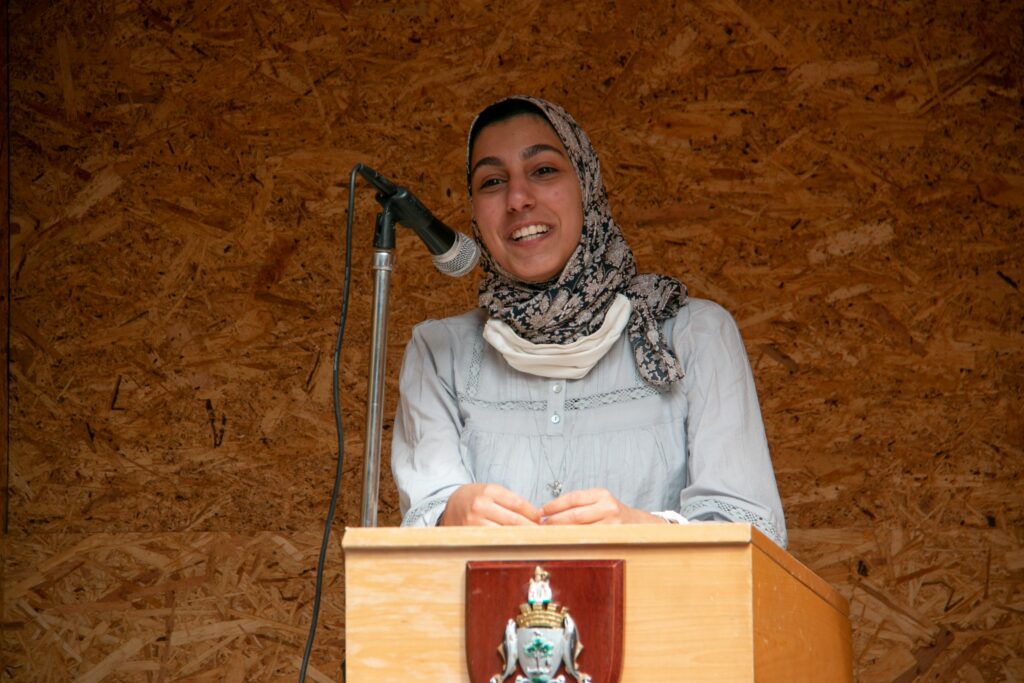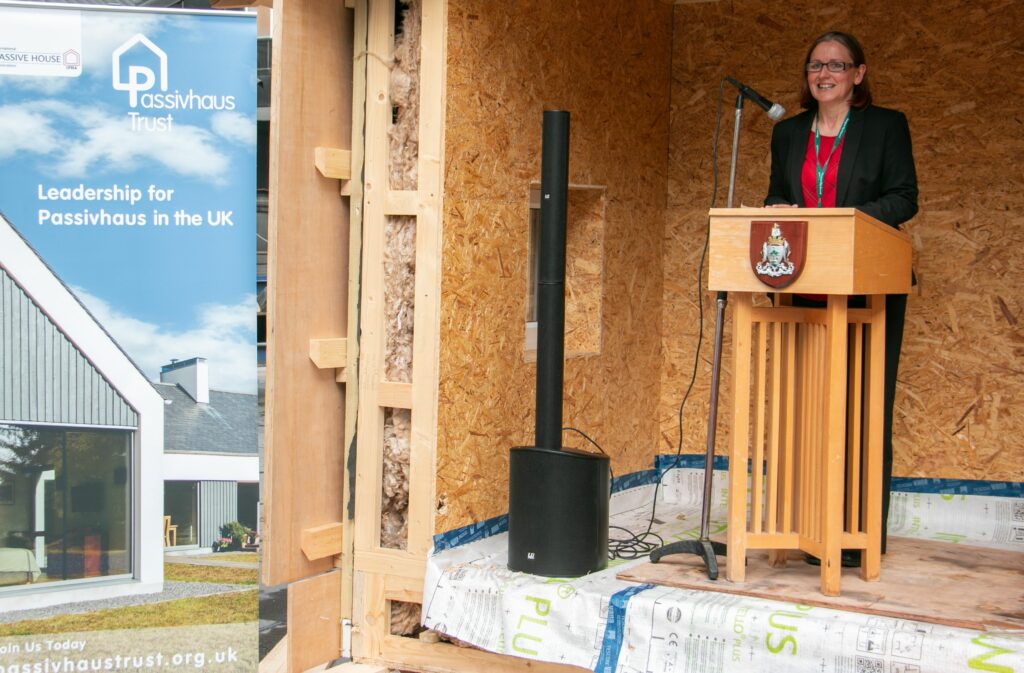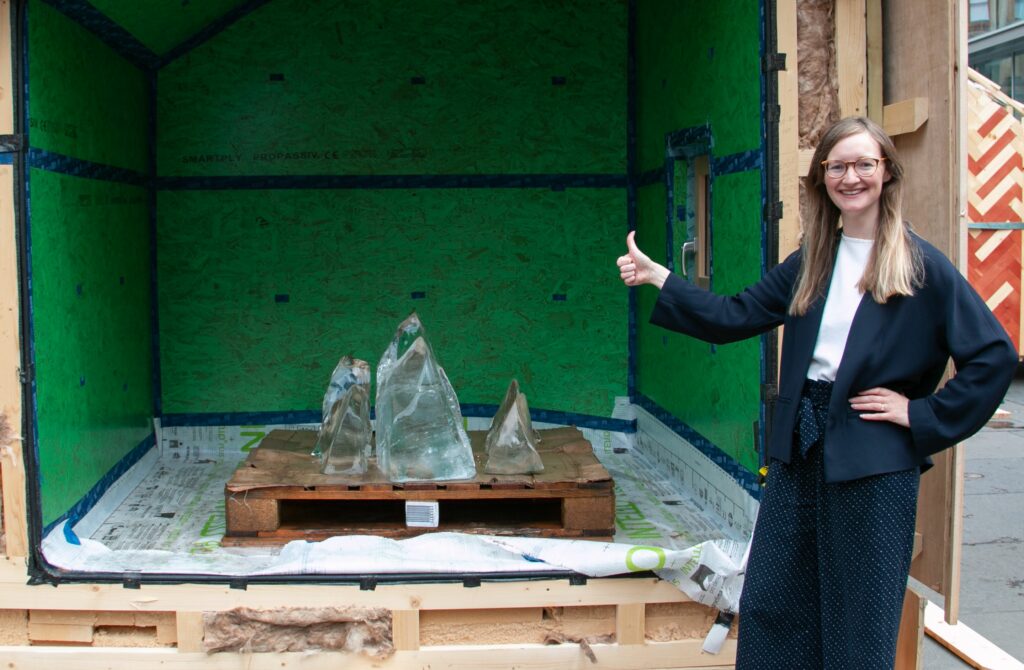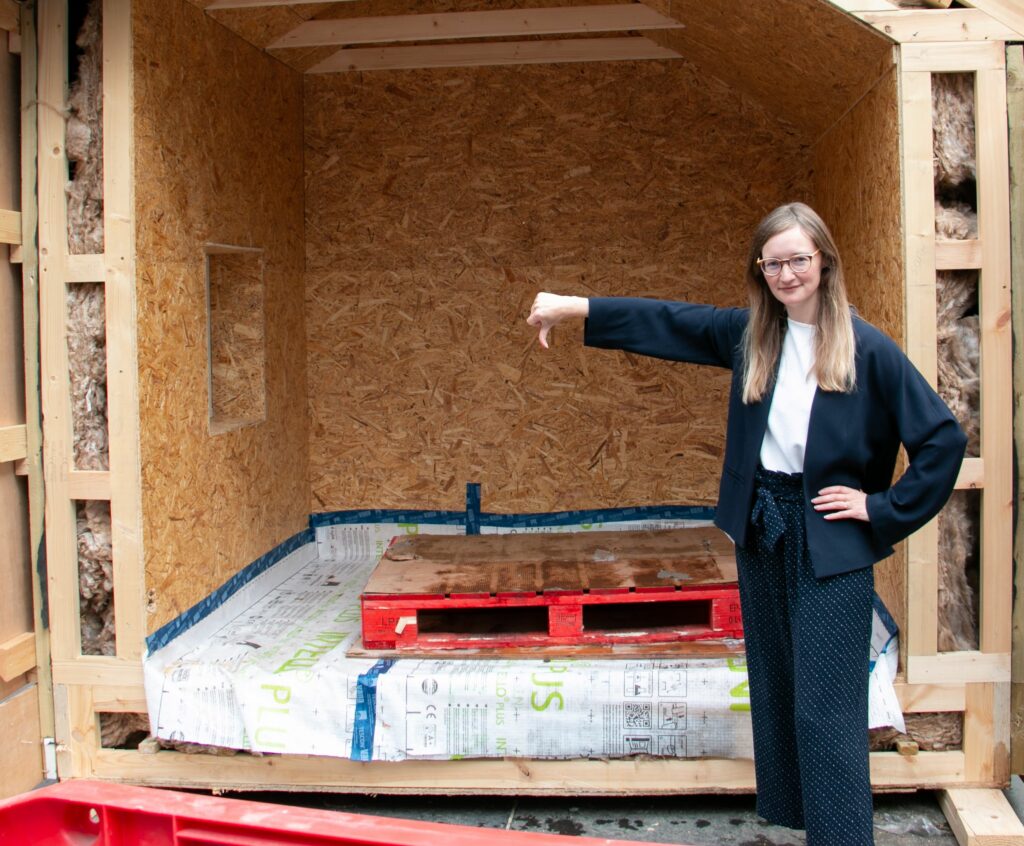Energy efficiency: The clear winner in Glasgow
Scottish code box struggles in the heat, while Passive House box retains plenty of ice
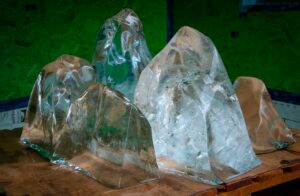
The staggering result was visible just by looking inside the two boxes: There was no ice left in the box built to the Scottish building standard for five days prior to the final weigh-in, while two big blocks remained in the Passive House box. Two weeks before, each of the boxes had been filled with 917 kg of ice to demonstrate the benefits of better building. The results of the Glasgow Ice Box Challenge: While all the ice had melted in the Scottish code box after just eleven days, 121 kilograms of ice remained in the Passive House box.
In the run-up to the United Nations’ climate summit this November, the City of Glasgow this summer hosted the Ice Box Challenge. The objective: to demonstrate the advantages of highly energy-efficient buildings to the wider public in a fun and accessibly manner. Over the course of two weeks, the two ice boxes, which were installed in the city centre, attracted the interest of many passers-by.
Visible results
The result after two weeks of unusually warm weather in Scotland was clear: There was no ice left in the box built to the Scottish standard. The weigh-in revealed that the Passive House box has retained 121kg - without active cooling.. Andrew Workman from Scotland made the closest guess to the final result by predicting that the Scottish box would have zero ice remaining: “I picked 120 kg for the efficient Passive House as I thought there would be about 10 percent remaining, and I added a little for buffer. I am really surprised that I won, especially considering the Glasgow heatwave". Workman won a weekend in a Malvern Passive House B&B in Worcestershire..
Looks can deceive
The result of the Glasgow Ice Box Challenge vividly demonstrates the advantages of better buildings. While the two boxes looked the same from the outside, save for the red and green herringbone pattern, internally the window glazing, insulation levels and attention to detail to reduce thermal bridges made all the difference. These three out of five indispensable principles for Passive House buildings contribute to keeping the heat out in summer. Especially this summer, when Glasgow experienced a heat wave, the results demonstrate how the Passive House Standard provides cooler and more comfortable indoor temperatures and future-proofs buildings against increasing global temperatures. In winter the same characteristics that make Passive House comfortable in summer, keep the warmth inside the house. Together with the fourth principle, a ventilation system with heat recovery, Passive House buildings provide a high level of living comfort, as well as a multitude of health benefits. Highly energy-efficient buildings need substantially less energy for heating and cooling. With this drastically reduced demand for energy, Passive House buildings are pivotal to climate protection.
Climate protection
Currently, almost 35 percent of global energy consumption comes from the building sector alone. Energy used to operate buildings, predominantly for heating and cooling, is one of the largest contributors to carbon emissions within the built environment. Better building design helps to reduce their carbon footprint.
Glasgow hosts COP26
The Glasgow City Council and local housing associations have increasingly implemented the Passive House standard into new build and retrofit projects. Glasgow is also the host for COP26 this November. “Buildings that prioritise efficiency are comfortable and healthy while also providing a pathway to a fully renewable future and jobs”, says Giorgia Tzar from the International Passive House Association (iPHA). The Ice Box Challenge in Glasgow was a joint effort from iPHA, Glasgow City Council, Passive House Institute, Edinburgh Napier University, Passivhaus Trust and Construction Scotland Innovation Centre. It enjoyed the patronage of the UN’s Economic Commission for Europe (UNECE) and Global Alliance for Buildings and Construction. The challenge was also part of the iPHA campaign “Efficiency: The First Renewable Energy”.

#EfficiencyFirst
The 2021 campaign, #EfficiencyFirst, emphasises the foundational role efficiency plays in any building project, as operating emissions over the building’s lifecycle threaten to overwhelm all other upfront carbon emission savings, if we do not think efficiency first. Equally, converting to an all-renewable energy future will not be possible without drastically reducing this energy demand. Therefore, it is crucial to efficient climate protection to reduce energy consumption within the building sector at scale.
The Ice Box Challenge will now travel to Strathaven for Green Building Week in Mid-September, before returning to Glasgow in time for display during COP26. For more information, visit www.IceBoxChallenge.org
